North America : Established Market with Growth Potential
The North American Medium Density Fiberboards (MDF) market is projected to reach $18,000.0 million by 2025, driven by increasing demand in the construction and furniture sectors. Regulatory support for sustainable building materials and eco-friendly practices is further propelling market growth. The region's focus on innovation and technology in manufacturing processes is also a significant growth driver, enhancing product quality and performance.
Leading countries like the US and Canada dominate the market, with key players such as Louisiana-Pacific Corporation and MDF Recovery establishing a strong presence. The competitive landscape is characterized by strategic partnerships and mergers, aimed at expanding product offerings and market reach. The emphasis on sustainability and compliance with environmental regulations is shaping the competitive dynamics, ensuring that companies remain at the forefront of the industry.
Europe : Diverse Market with Innovation Focus
Europe's Medium Density Fiberboards market is expected to reach $15,000.0 million by 2025, fueled by rising demand in the furniture and construction industries. The region's commitment to sustainability and eco-friendly materials is a key driver, supported by stringent regulations promoting green building practices. Countries like Germany, France, and Italy are leading the charge, with a growing emphasis on innovative manufacturing techniques and product development.
The competitive landscape in Europe is marked by the presence of major players such as Egger and Kronospan, who are investing in R&D to enhance product offerings. The market is characterized by a mix of established companies and emerging players, fostering a dynamic environment. Collaboration between manufacturers and suppliers is also on the rise, aimed at meeting the evolving demands of consumers and regulatory standards.
Asia-Pacific : Rapid Growth and Market Leadership
The Asia-Pacific region is the largest market for Medium Density Fiberboards, projected to reach $25,000.0 million by 2025. This growth is driven by rapid urbanization, increasing disposable incomes, and a booming construction sector. Countries like China and India are at the forefront, with significant investments in infrastructure and housing projects. Regulatory initiatives supporting sustainable practices are also contributing to market expansion, making MDF a preferred choice for builders and manufacturers.
The competitive landscape is robust, with key players such as Arauco and Greenply Industries leading the market. The presence of numerous local manufacturers further intensifies competition, driving innovation and cost-effectiveness. The region's focus on sustainability and compliance with environmental regulations is shaping the market dynamics, ensuring that companies adapt to changing consumer preferences and regulatory requirements.
Middle East and Africa : Emerging Market with Growth Opportunities
The Middle East and Africa (MEA) region's Medium Density Fiberboards market is projected to reach $2,000.0 million by 2025, driven by increasing construction activities and a growing demand for furniture. The region's focus on urban development and infrastructure projects is a significant growth driver, supported by government initiatives aimed at boosting the manufacturing sector. Regulatory frameworks promoting sustainable practices are also emerging, enhancing the appeal of MDF products.
Countries like South Africa and the UAE are leading the market, with a mix of local and international players competing for market share. The competitive landscape is evolving, with companies focusing on innovation and quality to meet consumer demands. The presence of key players such as Masisa and Sonae Arauco is shaping the market, ensuring a diverse range of products and solutions for various applications.
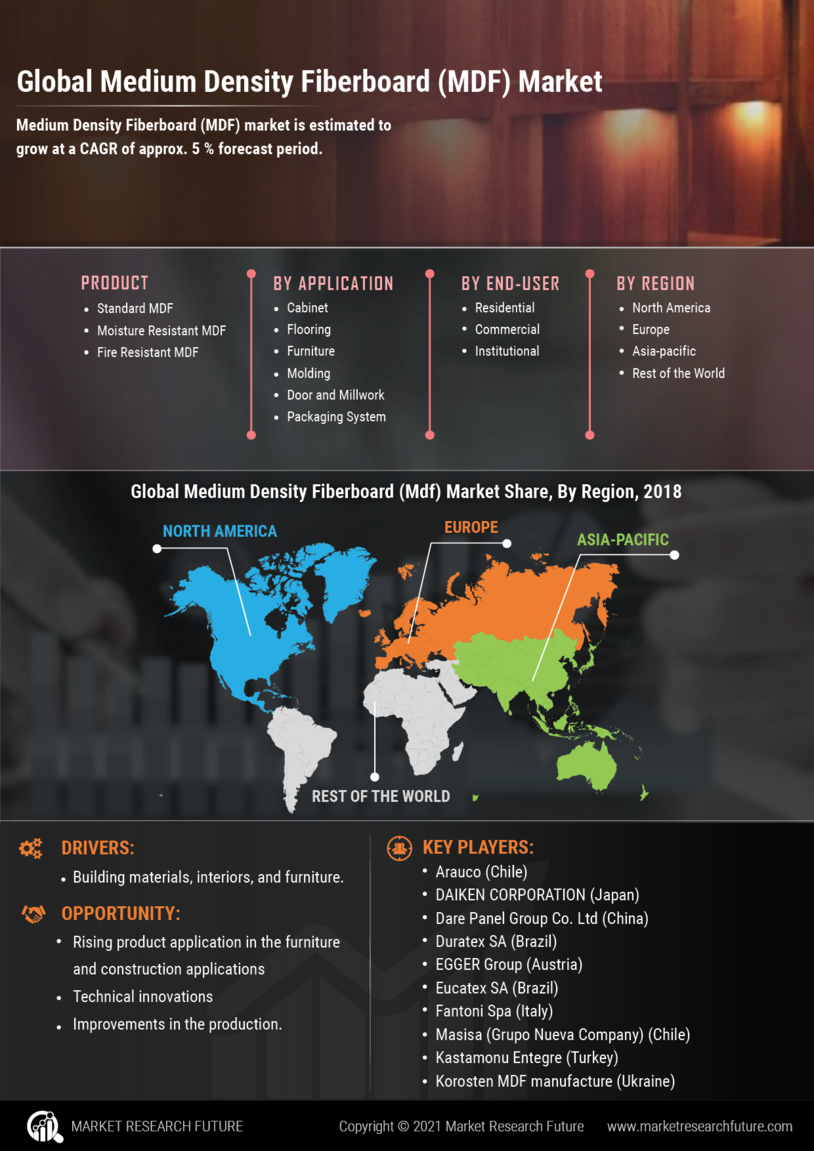

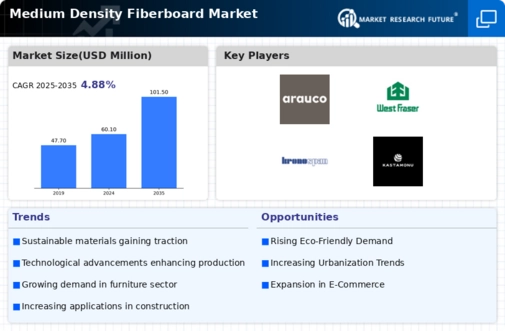
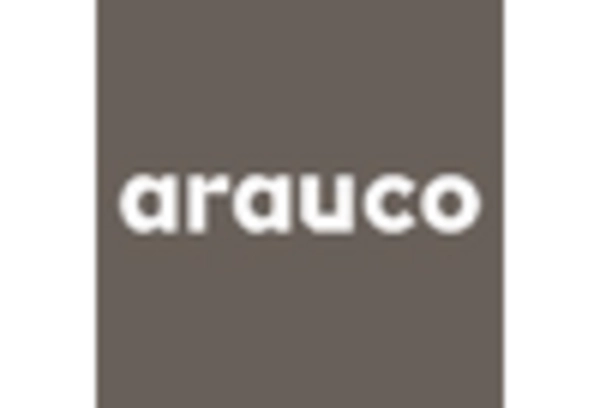
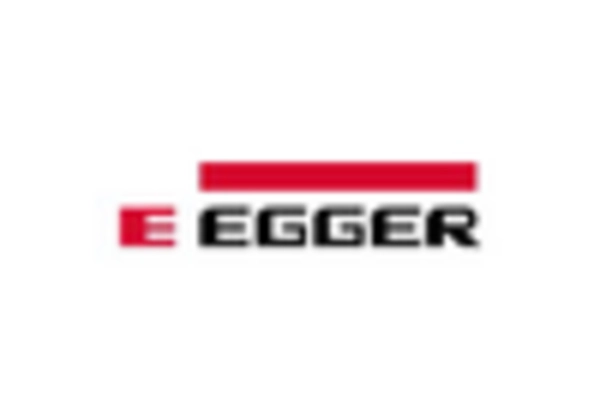
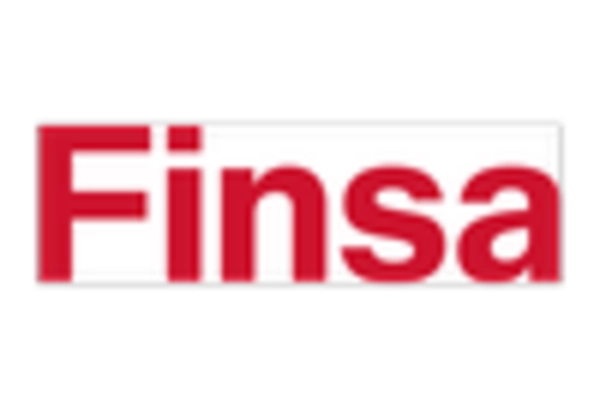

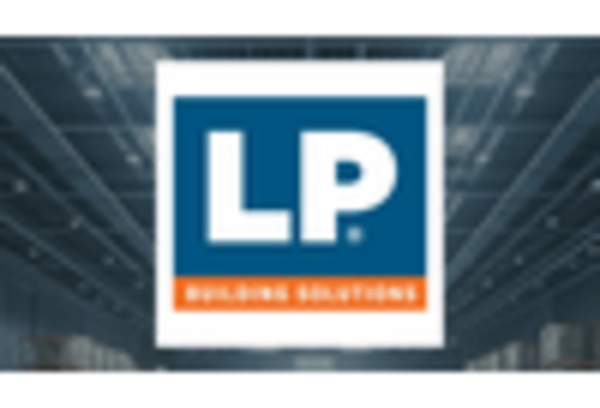
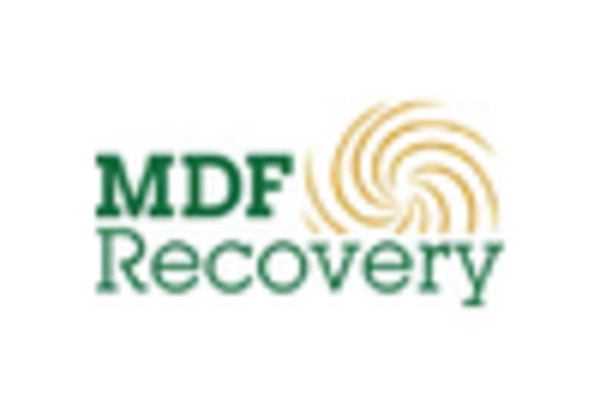








Leave a Comment